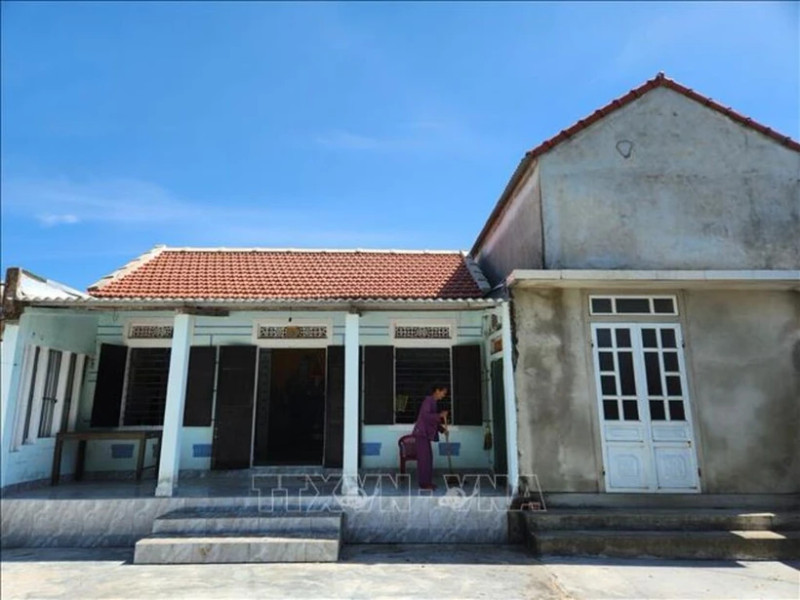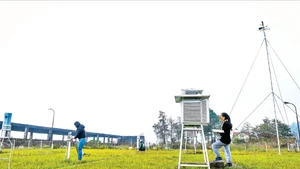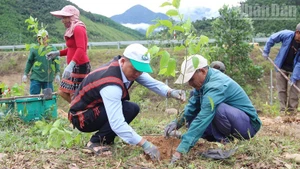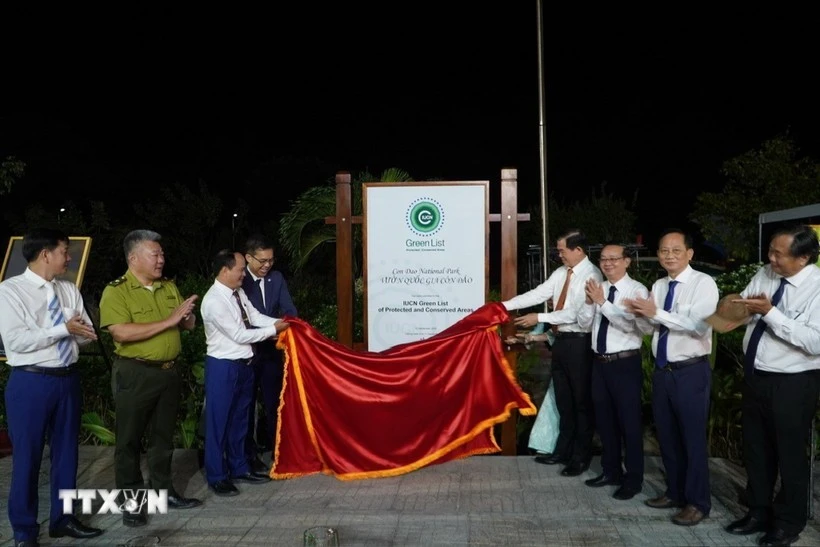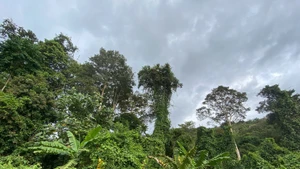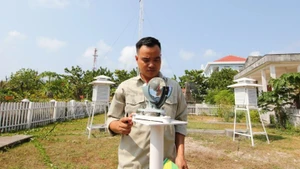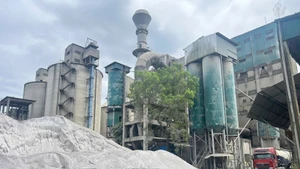The project, which runs from 2017 to 2024, also restored 4,028 ha of mangrove forests and installed early warning systems in 24 high-risk communes.
A joint effort between the United Nations Development Programme (UNDP) and the Vietnamese Government, it targets Nam Dinh, Thanh Hoa, Quang Binh, Hue, Quang Nam, Quang Ngai and Ca Mau, known for their high vulnerability to the impacts of climate change.
With a substantial investment of 42 million USD from the Green Climate Fund (GCF) and the Vietnamese Government, the project has constructed 4,966 safe homes, offering a new lease on life to communities often at the mercy of nature's fury, said Deputy Director Nguyen Van Tien from the Department of Dyke Management and Disaster Prevention at the Ministry of Agriculture and Rural Development.
But the project's impact extends far beyond housing. It has also restored 4,028 ha of mangrove forests, which act as a natural shield against storm surges and coastal flooding and absorb over 1.1 million tonnes of CO2, directly contributing to Vietnam’s commitment to reducing greenhouse gas emissions.
Empowerment is another key pillar of the project. It has fostered sustainable livelihood models, ensuring communities can not only survive but also thrive amid climate adversity. Additionally, it has trained over 62,000 officials and residents, with nearly half being women, in disaster risk management, enhancing local preparedness and response capability.
Vu Thai Truong, head of the Environment and Climate Change Unit at UNDP Vietnam, highlighted the project's role in shaping 10 policy documents on climate change adaptation from the Government and relevant ministries. These include the National Target Programme on Sustainable Poverty Reduction Programme for the 2021-2025 period, the Prime Minister’s decision on community-based disaster risk management, along with national strategies and plans.
UNDP Resident Representative in Vietnam Ramla Khalidi reaffirmed UNDP's commitment to continue assisting Vietnam in building sustainable communities, ensuring that no one is left behind in the fight against climate change.
Looking ahead, stakeholders are set to build on the project’s success by focusing on the national programme for community-based disaster risk management. They plan to leverage the data and software developed through the project to expand the integration of the early warning system, which currently operates 24 stations across seven localities, into the national early warning network. This integration will also pave the way for the insurance sector to develop products that mitigate risk in agriculture.
